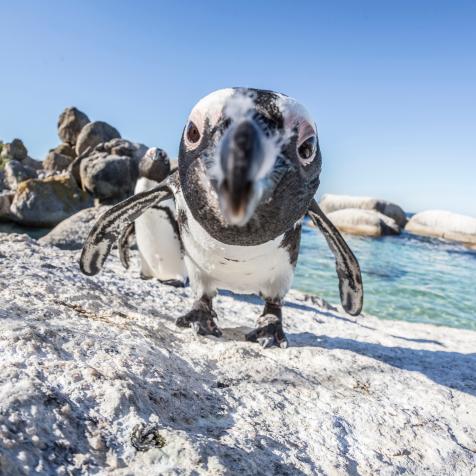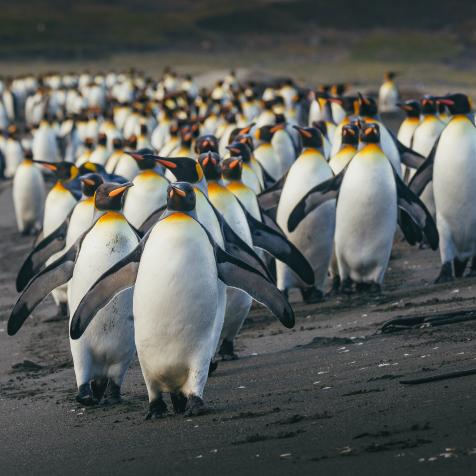
luckystep
Supertrees That Suck Up More Carbon Could Be Forest Climate Fix
Forestation and tree growth are perhaps the most powerful tool for reducing levels of the greenhouse gas carbon dioxide (CO2) in Earth’s atmosphere and tackling climate change. Now genetically modified (GM) ‘supertrees’ that grow faster and rapidly take up CO2 could be used to address the climate crisis.
Trees naturally absorb CO2 through photosynthesis, releasing oxygen as they grow, storing carbon in their trunks, branches, and roots for decades, or even centuries. Biotechnology firm Living Carbon says lab trials of its genetically altered poplars capture more carbon and grow 1.5 times faster than unmodified trees.
Engineering the poplar’s genes, with a technique used in tobacco plants, makes its photosynthesis more efficient, converting more carbon dioxide into sugars to create wood biomass. The Living Carbon team inserted genes from pumpkin and green algae that allow quicker growth and better carbon storage by lowering the rate of a process called photorespiration – which wastes energy and allows fixed carbon to re-enter the atmosphere as CO2.
Promising as the firm’s lab results are, biologists warn that high growth rates are not guaranteed in the wild as the poplars compete for sunlight with other plants and trees. GM trees may also need intensive watering and fertilizer to sustain their rapid growth. Field trials with Oregon State University will take place over the next four years.
Results are crucial given the rate of climate change and climbing CO2 levels in the atmosphere. The long breeding cycle of trees means genetic engineering can produce quicker results. But critics say there are risks to planting GM trees in the wild if they breed with other trees, or negatively affect other plant and animal species.
Living Carbon says its trees are a poplar-aspen hybrid that can only reproduce from cuttings and they do not produce pollen either, so cannot cross-pollinate with wild trees.
If the field trials are successful then it will still take time to get approval from the government. One sixth, around 135, tree species in the US may face extinction due to climate change, deforestation, invasive insect species, or disease. And even though field trials of a GM chestnut tree have shown its resistance to an invasive fungal disease that wiped out billions of American chestnuts, it still has not been approved for planting.
Supertrees have been labeled a threat to the world’s forests by environmental groups and scientists for more than 20 years. Critics point to the impact on ecosystems as large-scale commercial plantations take over from old growth forest or rainforest, targeted as carbon storage offsets for polluting industries, while biotech companies profit. Plantations are also converted to biomass and burned in power plants.
If CO2 storage is the aim then there are species that already fit the bill. California’s giant redwood trees are resistant to wildfires, climate change and disease, and store more carbon than any other species. Redwoods are not suitable for every forestry plot, so creating climate adaptable trees through breeding programmes that fit into local ecosystems is the goal. But in the rush to fix the climate crisis, increase CO2 uptake, and carbon storage, GM supertrees may be part of that solution.


















